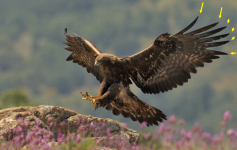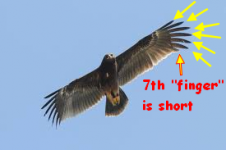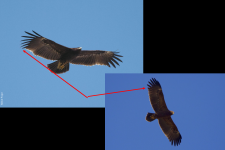Unclear. Proved how? Which bird? - the linked bird, or the OP's bird?The ironic thing here is you proved that this bird in question is not a Golden Eagle.
You would help your case, and help other people to understand the issues, if you avoided such sweeping, dogmatic and demonstrably-incorrect statements.That entire bird is wrong for GE.









